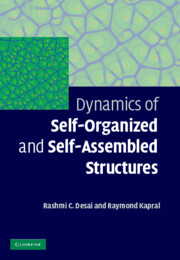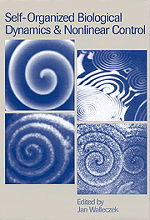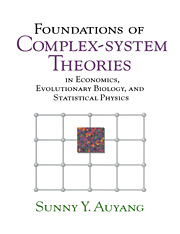Self-Organized Criticality
Self-organized criticality (SOC) is based upon the idea that complex behavior can develop spontaneously in certain multi-body systems whose dynamics vary abruptly. This book is a clear and concise introduction to the field of self-organized criticality, and contains an overview of the main research results. The author begins with an examination of what is meant by SOC, and the systems in which it can occur. He then presents and analyzes computer models to describe a number of systems, and he explains the different mathematical formalisms developed to understand SOC. The final chapter assesses the impact of this field of study, and highlights some key areas of new research. The author assumes no previous knowledge of the field, and the book contains several exercises. It will be ideal as a textbook for graduate students taking physics, engineering, or mathematical biology courses in nonlinear science or complexity.
- Hot topic; applications in many disciplines
- Jensen well-known in the field
- Contains printed code for computer programs
- Includes exercises - ideal as a text for graduate courses
Reviews & endorsements
'All in all, I enjoyed the book and found the effort of reading it stimulating and worthwhile.' A. C. Newell, Journal of Fluid Mechanisms
Product details
June 1998Paperback
9780521483711
170 pages
228 × 153 × 19 mm
0.28kg
42 b/w illus. 1 table 12 exercises
Available
Table of Contents
- Preface
- 1. Introduction
- 2. Characterization of the SOC state
- 3. Systems exhibiting SOC
- 4. Computer models
- 5. The search for a formalism
- 6. Is it SOC or is it not?
- Appendices.







